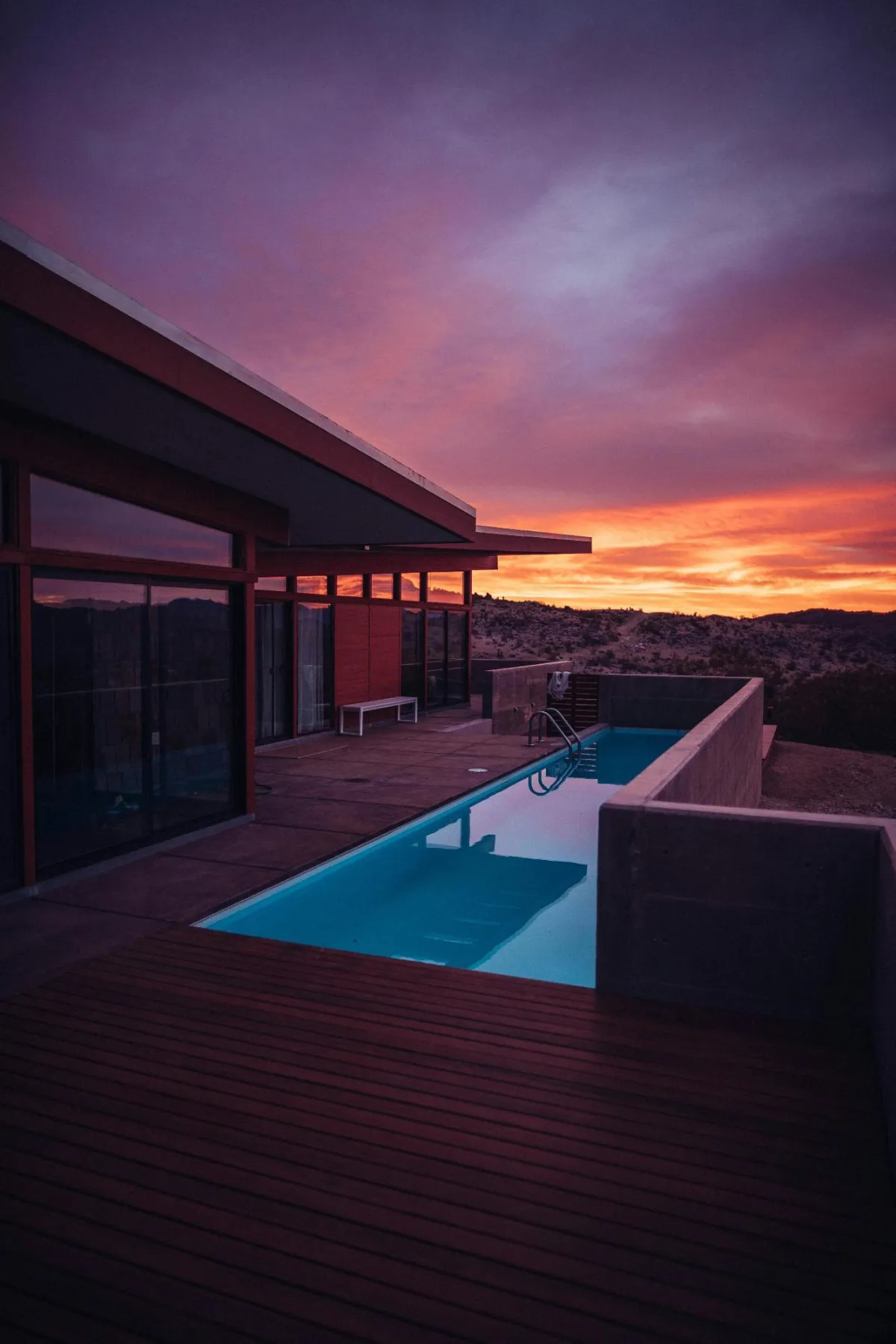
Exploring Open Floor Plans vs Traditional Designs
Are you planning a home renovation and debating between an open floor plan or a traditional layout? This article explores the key differences between these two designs, highlighting how open floor plans enhance social interaction, improve natural light flow, and create a more flexible living space. You'll also learn how each layout impacts room functionality, privacy, and overall home aesthetics. By understanding these factors, homeowners can make informed decisions to design a space that best fits their lifestyle and needs.
Key Takeaways
Open floor plans foster interaction and connection among family members.
Natural light enhances comfort and reduces the need for artificial lighting.
Flexibility in space usage supports diverse lifestyle needs and activities.
Lower construction costs and simplified maintenance make open designs cost-effective.
Homes with open layouts tend to have higher resale value in the housing market.
Open Floor Plans: A Modern Living Experience

Open floor plans redefine modern living by connecting spaces like the kitchen and living room. These designs enhance home improvement, providing a more spacious atmosphere. Key features include fewer walls, reducing noise and promoting a sense of togetherness. This section will delve deeper into the benefits and considerations of open-plan layouts and how they compare to traditional designs.
Definition of Open Floor Plans
Open floor plans refer to layouts in which spaces, like the kitchen, dining room, and living room, flow into each other without the barriers of walls. This design concept allows for a more open and inviting atmosphere, making it easier for individuals to interact while performing daily activities, such as homework or entertaining guests near the fireplace. By focusing on efficient interior design, homeowners can create a functional and cohesive environment that meets their lifestyle needs.
Key Features of Open Floor Designs
Open floor designs emphasize a seamless flow between rooms, creating an inviting atmosphere and encouraging family interaction and entertainment. With fewer walls, these layouts allow for enhanced air circulation, improving the efficiency of systems like air conditioning. Additionally, the open space allows homeowners to express their creativity through versatile furniture arrangements and innovative construction techniques, making any area, including the bathroom, feel more connected and expansive.
Comparing Space Utilization in Open and Traditional Plans

Open floor plans maximize usable space by creating shared areas allowing natural light to flow throughout the home. This design makes spaces like kitchens and living rooms feel larger and more inviting. In contrast, traditional designs often have stairs and walls that can limit energy efficiency and restrict how rooms, such as bedrooms, are utilized.
Homeowners can appreciate the benefits of open spaces where family and friends can gather and the potential drawbacks of traditional layouts. This discussion will highlight how these two approaches differ in their use of space and functionality.
How Open Floor Plans Maximize Usable Space
Open floor plans maximize usable space by promoting efficient traffic flow throughout the home. This concept allows for spaces like the kitchen, dining, and living areas to blend seamlessly, making it easier for family members to interact while cooking, working at a desk, or enjoying time together. Even in areas such as the basement, the absence of walls can create an expansive environment, giving homeowners the freedom to design with higher ceilings and versatile layouts that adapt to their lifestyle needs.
Enhanced interaction and visibility between rooms
Improved natural light flow contributing to a welcoming atmosphere
Flexibility in furniture arrangement and interior design
Optimized traffic flow reducing obstacles in daily activities
Potential for higher ceilings creating an airy feel
Traditional Designs and Their Space Constraints
Traditional designs can lead to space constraints due to their reliance on walls and separate rooms. This layout often limits airflow, creating stuffy areas and hindering air movement throughout the home. For those who engage in remote work, the isolation of rooms may diminish productivity, making it challenging to interact with family members while maintaining a focused workspace.
Enhancing Social Interaction With Open Floor Plans

Open floor plans foster a sense of community within the home by allowing family members to interact more freely. This layout contrasts with traditional designs, isolating rooms and hindering connections. The following sections will explore how an open design enhances social interactions while examining the limitations of traditional layouts in promoting family engagement.
Creating Community in the Home
Creating a sense of community in the home is a significant advantage of open floor plans. With fewer walls separating living spaces, family members can more easily engage with one another in the kitchen or during gatherings in the living room. This layout encourages shared experiences, deepening relationships and making homes feel more inviting and connected.
Encourages family engagement through open spaces
Promotes shared experiences during daily activities
Facilitates easier interactions among family members
Makes gatherings feel more inclusive and welcoming
Deepens relationships through enhanced visibility and contact
Traditional Designs and Family Connections
Traditional designs often lead to a lack of connection among family members due to the separation of spaces. Closed-off rooms can create barriers, making it difficult for people to interact, especially during daily activities or gatherings. As a result, family connections may feel strained, as members can become isolated in their respective rooms rather than sharing experiences in a more communal environment.
Traditional designs can limit family interaction.
Separation of spaces creates barriers to connection.
Increased isolation can affect relationships.
Shared experiences are less frequent in closed-off layouts.
Gatherings may feel less engaging due to room separation.
Natural Light and Airflow Advantages of Open Designs

Open floor plans significantly impact home lighting by allowing natural light to penetrate deeper into living spaces. Larger, unobstructed areas enhance airflow, promoting better ventilation throughout the home. This section will examine how open designs improve lighting conditions and ventilation, offering homeowners a more comfortable and pleasant living environment.
The Impact of Open Spaces on Home Lighting
Open floor plans greatly enhance home lighting by allowing natural light to flow freely throughout living spaces. With fewer walls, light from windows can illuminate larger areas, creating a warm and welcoming atmosphere. Homeowners often find that this improved lighting reduces the need for artificial light during the day, leading to energy savings and a more pleasant environment for everyday activities.
Flexibility in Design and Functionality

Open floor plans provide the flexibility to adapt spaces for various activities, making it easy to transition from cooking to entertaining. In contrast, traditional layouts often limit this flexibility due to their defined rooms and walls. This section will address how open spaces allow for more dynamic usage, while traditional designs may restrict functionality and adaptability in everyday life.
Adapting Open Spaces for Various Activities
Open floor plans offer remarkable adaptability for various activities, making them ideal for modern living. Homeowners can easily transition from cooking to entertaining without the constraints of walls, allowing for seamless interaction among family and friends. For example, a kitchen island can serve as both a food prep area and a gathering spot, demonstrating how open spaces enhance functionality and meet diverse lifestyle needs.
Limitations of Flexibility in Traditional Layouts
Traditional layouts often limit flexibility. With separate rooms defined by walls, homeowners find it challenging to adapt spaces for various activities, which can restrict their daily use. For instance, a formal dining room may remain unused most days, while an open plan allows for more dynamic space usage, catering to different lifestyle needs.
Limited adaptability for different activities.
Isolated rooms can restrict daily functionality.
Underutilized spaces may lead to wasted potential.
Economic Benefits of Open Floor Plans

Open floor plans offer significant economic benefits, including cost-effectiveness in construction and ongoing maintenance. By reducing the number of walls and separate spaces, these designs can lower initial building costs and simplify upkeep. Additionally, homes with open layouts often see increased resale values, making them appealing options for future buyers. This section will elaborate on these financial advantages.
Cost-Effectiveness in Construction and Maintenance
Open floor plans provide a cost-effective solution for home construction and maintenance. Fewer walls in these designs reduce construction materials and labor costs, lowering homeowners' initial expenses. Additionally, maintenance is simplified, as open spaces require less upkeep than traditional designs with separate rooms, resulting in long-term savings for families.
Lower construction costs due to fewer walls
Simplified maintenance for open spaces
Long-term savings for homeowners
Potential Resale Value With Open Designs
Open floor plans can significantly enhance a home's resale value due to their modern appeal and efficient use of space. Buyers often favor these layouts for their ability to create a sense of openness and community, which is increasingly sought after in today’s housing market. Homes featuring open designs typically attract more interest, making them appealing options for sellers looking to maximize their investment.
Conclusion
Exploring open floor plans versus traditional designs highlights the value of space, interaction, and functionality in modern living. Open layouts promote natural light and enhance airflow, creating a more inviting environment that fosters family connections. They also offer flexibility in design, which results in cost savings in both construction and maintenance. Understanding these distinctions empowers homeowners to make informed choices that align with their lifestyle needs.


